Synchronous Worm Geared Motor Gearbox Reducer For Screw Jack Jump Form System
Worm Gear Reducer
Synchronous Worm Geared Motor Gearbox
| Housing | Die-cast Aluminum Alloy Gearbox (RV025~RV090) Cast Iron Gearbox (RV110~RV150) Stainless Steel Gearbox (RV110~RV150) |
| Worm Wheel | Wearable Tin (Stannum) Bronze Alloy, Aluminum Bronze Alloy |
| Worm Shaft | 20Cr Steel, carburizing, quenching, grinding, surface hardness 56-62HRC, 0.3-0.5mm remaining carburized layer after precise grinding |
| Input Configurations | Equipped with Electric Motors (AC Motor, Brake Motor, DC Motor, Servo Motor) |
| Applicable Motors | IEC-normalized AC Motors and Brake Motors. DC Motors Servo Motors |
| Output Configurations | Keyed Hollow Shaft Output Hollow Shaft with Output Flange Plug-in Solid Shaft Output |
| Options | Worm Shaft Rear Extension, Single Output Shaft, Double Output Shaft, Output Flange, Torque Arm, Dust Cover |
| Installation | Flange Mounted, Foot Mounted, Torque Arm Mounted |
| Lubrication | Grease Lubrication Oil-bath and Splash Lubrication |
| Cooling | Natural Cooling |
| Ratio |
5, 7.5, 10, 15, 20, 25, 30, 40, 50, 60, 80, 100 |
Worm Gearbox Model & Parameters
| Models | Rated Power | Rated Ratio | Input Hole Dia. | Input Shaft Dia. | Output Hole Dia. | Output Shaft Dia. | Center Distance |
| RV025 | 0.06KW~0.12KW | 5~60 | Φ9 | Φ9 | Φ11 | Φ11 | 25mm |
| RV030 | 0.06KW~0.25KW | 5~80 | Φ9(Φ11) | Φ9 | Φ14 | Φ14 | 30mm |
| RV040 | 0.09KW~0.55KW | 5~100 | Φ9(Φ11,Φ14) | Φ11 | Φ18(Φ19) | Φ18 | 40mm |
| RV050 | 0.12KW~1.5KW | 5~100 | Φ11(Φ14,Φ19) | Φ14 | Φ25(Φ24) | Φ25 | 50mm |
| RV063 | 0.18KW~2.2KW | 7.5~100 | Φ14(Φ19,Φ24) | Φ19 | Φ25(Φ28) | Φ25 | 63mm |
| RV075 | 0.25KW~4.0KW | 7.5~100 | Φ14(Φ19,Φ24,Φ28) | Φ24 | Φ28(Φ35) | Φ28 | 75mm |
| RV090 | 0.37KW~4.0KW | 7.5~100 | Φ19(Φ24,Φ28) | Φ24 | Φ35(Φ38) | Φ35 | 90mm |
| RV110 | 0.55KW~7.5KW | 7.5~100 | Φ19(Φ24,Φ28,Φ38) | Φ28 | Φ42 | Φ42 | 110mm |
| RV130 | 0.75KW~7.5KW | 7.5~100 | Φ24(Φ28,Φ38) | Φ30 | Φ45 | Φ45 | 130mm |
| RV150 | 2.2KW~15KW | 7.5~100 | Φ28(Φ38,Φ42) | Φ35 | Φ50 | Φ50 | 150mm |
Synchronous Worm Geared Motor Gearbox Mounting position
What are the precautions when connecting the reducer with the motor?
Several aspects that should be paid attention to when connecting the reducer and motor: there are several ways to connect the reducer and motor, such as direct connection, that is, the flange plate is directly connected to the motor, or the belt pulley or coupling can be used. Our worm gear reducer is directly connected with the synchronous motor. We provide you with supporting products, which can also be customized according to your needs
What are the precautions when connecting the reducer and the motor?
-
Allowable input shaft diameter:The input shaft hole of the reducer and the output shaft of the motor are generally connected by a sleeve ring with variable thickness. When no collar is added, the input shaft hole of the reducer is large.
-
Large input speed:The high input speed of the motor shall be less than the large input speed of the reducer.
-
Rated output torque:After the rated output torque of the adaptive motor is multiplied by the reducer reduction ratio, the output torque of the reducer shall be less than or equal to the rated output torque of the reducer.
-
Allowable input flange:It shall not be greater than or less than the standard size of the primary reducer. For example, the standard flange of the reducer PLE80 is 80mm, and the primary reducer is PLE60 and PLE120. The allowable flange of the PLE80 shall not be less than 60mm nor more than 120mm.
Select the reducer model after meeting the main data. The reducer with a small outer diameter can be equipped with a motor with a large outer diameter. On the contrary, a suitable connecting flange can be selected to ensure the correct connection between the motor and the reducer.
Worm Gearbox for Screw Jack System
| 3D Model | ||
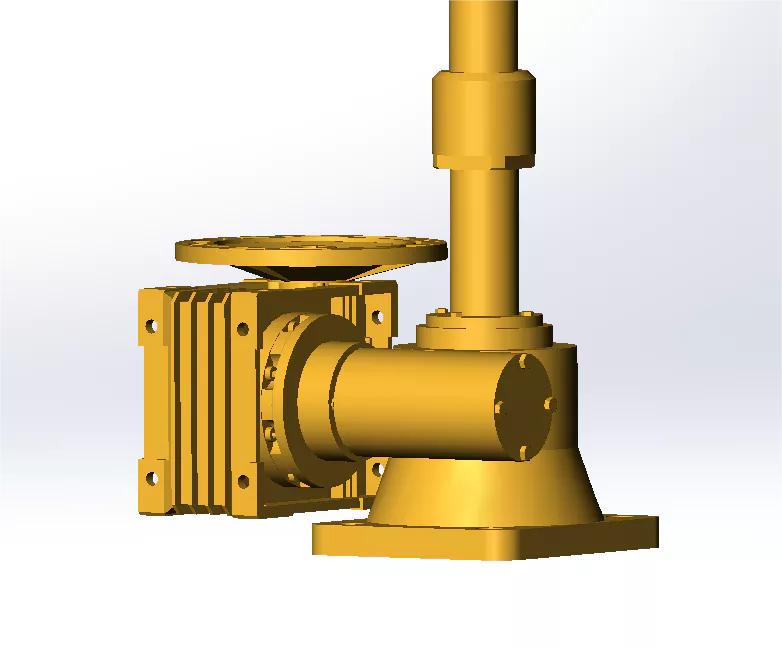 |
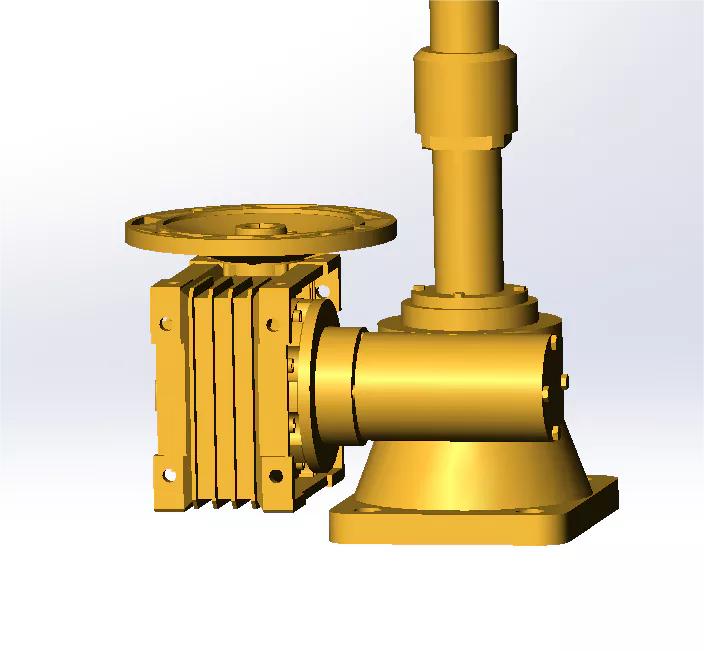 |
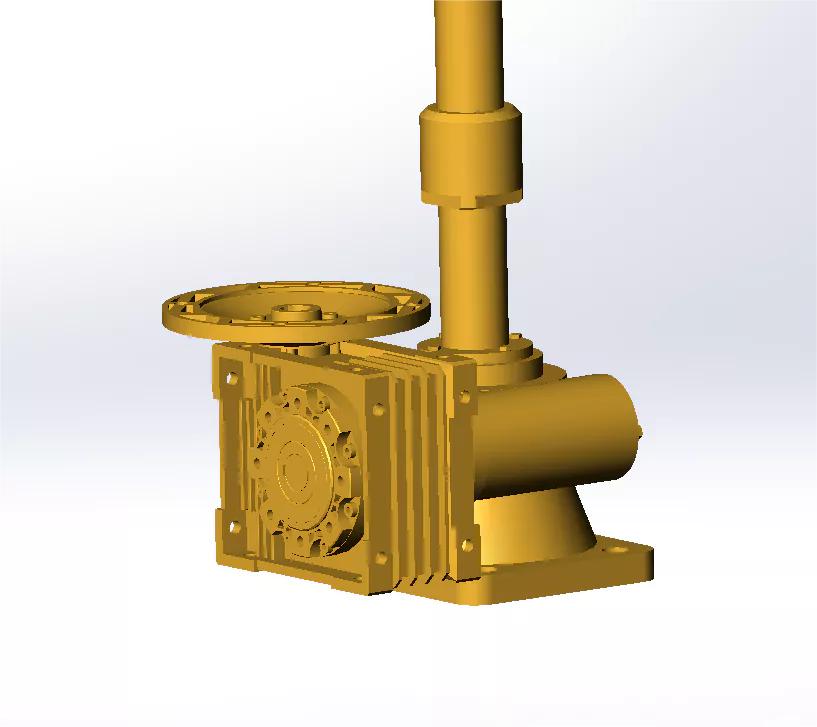 |
| Use Scenarios | ||
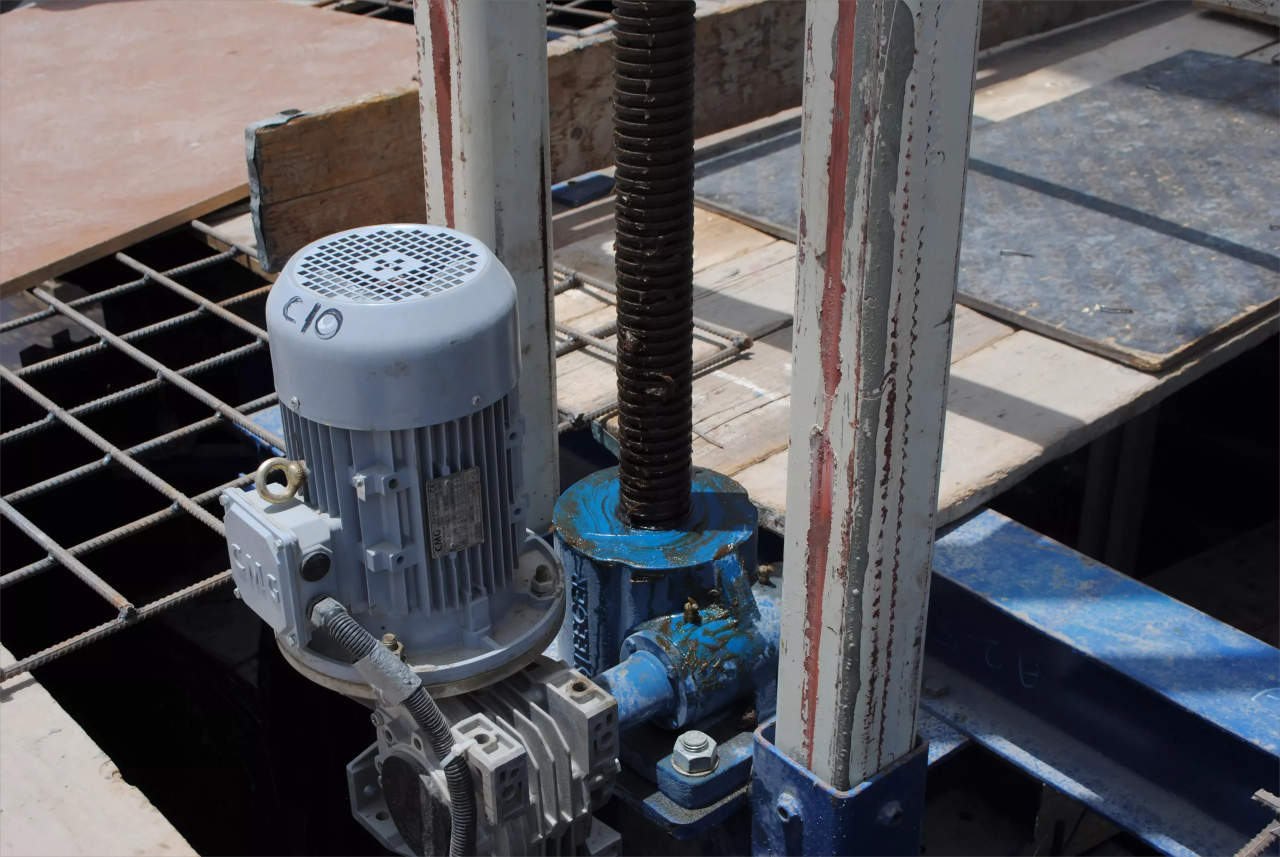 |
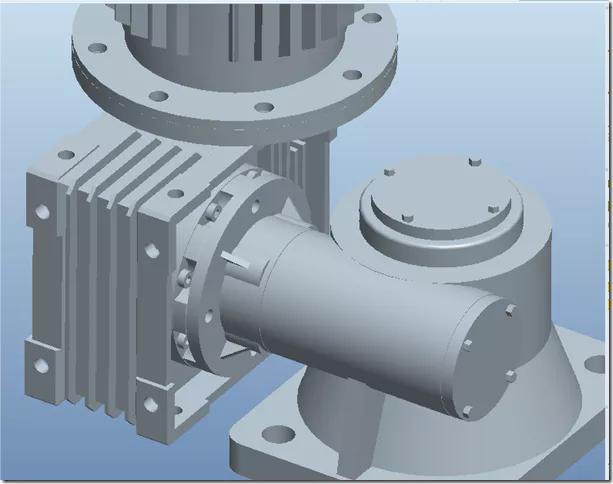 |
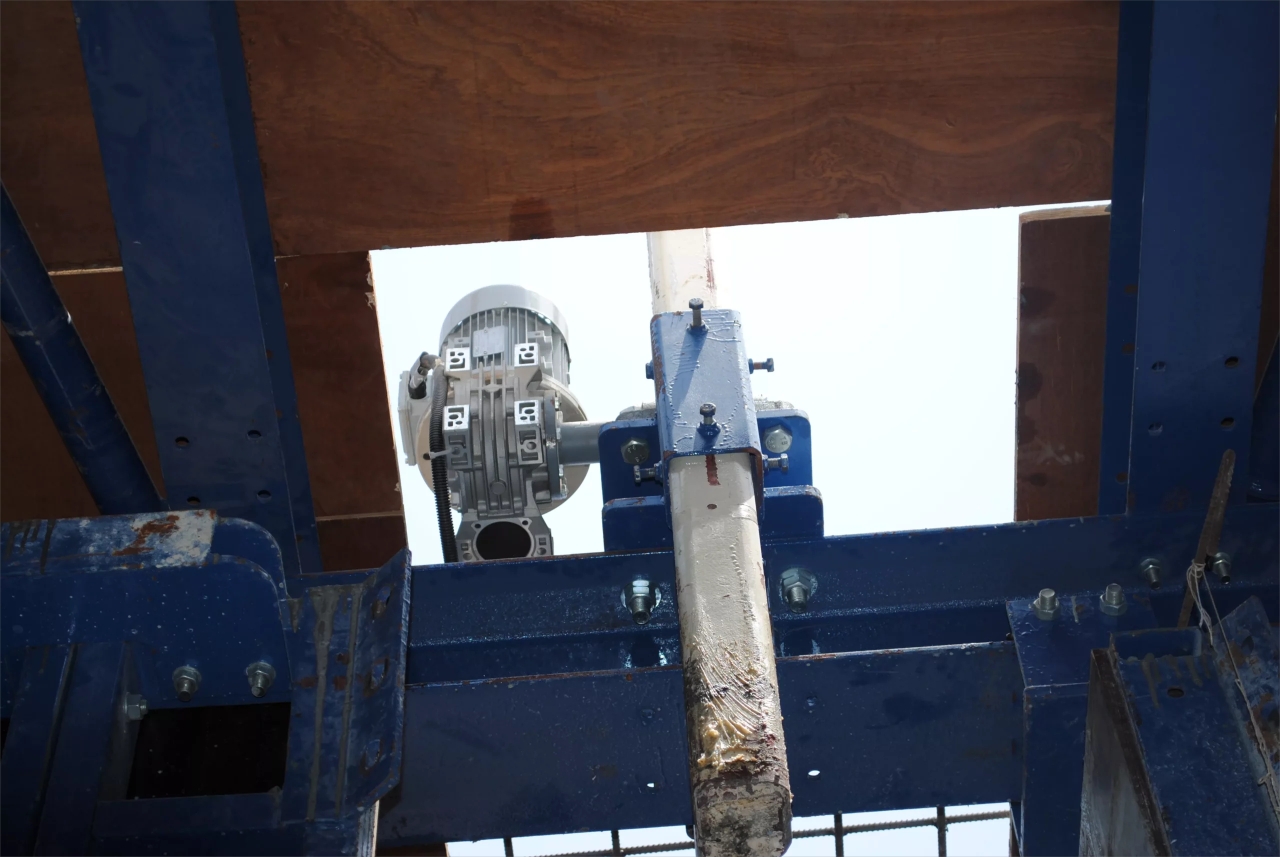 |
Synchronous Motor
Synchronous motor is an AC motor that rotates at synchronous speed with torque generated by interaction between DC supplied excitation magnetic field and armature rotating magnetic field.
Which generates torque through the interaction of the excitation magnetic field provided by DC current and the rotating magnetic field of the armature, and rotates at synchronous speed.) It is an AC motor, which generates torque through the interaction of DC excitation magnetic field and armature rotating magnetic field, and the armature rotates at synchronous speed.
The synchronous motor drives the gearbox to rotate, thus driving the equipment to operate
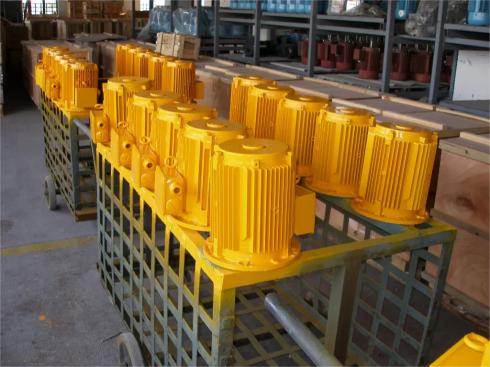 |
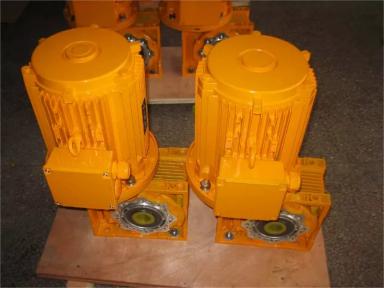 |
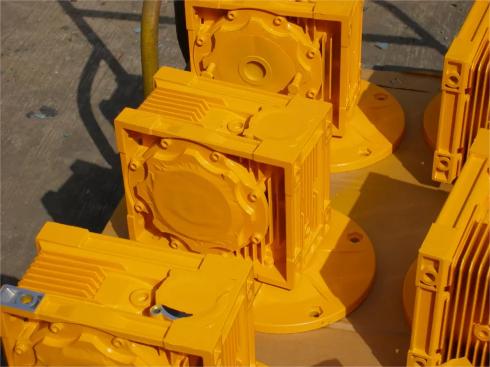 |

Packing Shipping Delivery
  |
 |
|
 |
 |
|
How to choose power transmissions parts and industrial products which meet our requirement
| Chains | Sprockets | Pulleys | Timing belt Pulley | V-belt Pulley |
| Sheaves | Coupings | Bush &Hub | Gear& Rack | V-Belt |
| Locking Assembly | Pulley | Gearbox | Reducer | Shaft Collar |
| Rod End Bearing | Clevis | PTO | Chain Guide | Belt Guide |
| Rubber Buffer | Chain Tensioner | PTO Drive Shafts | Universal Joints | Roller Chains |
| Conveyor Chains | V-Belts | Worm Gearbox | Helical Gear | Worm |
| Agricultural Chain | CNC Proces Parts | Casting | Stamping | |
| Powder Metallurgy | CNC Proces Parts | Casting | Stamping |
What Products Do you sell ?
We are a group of factories, give customer one stop solution of power transmission and industrial products. We are in the position to supply wide range of products, including chains, sprockets, v-belt and v-belt pulleys, timing belt and timing belt pulleys, gears, speed reducers, motors, racks, couplings, and many other parts, like locking assembly, taper bushing, Chain guide, shaft collar, torque limiter, cam clutch, universal joint, motor base and motor slide, rod end, clevis, rubber mount, etc. We make special parts according to drawings and/or samples.
How to choose a gearbox which meets our requirement?
You can refer to our catalogue to choose the gearbox or we can help to choose when you provide
the technical information of required output torque, output speed and motor parameter etc.
What information shall we give before placing a purchase order?
a) Type of the gearbox, ratio, input and output type, input flange, mounting position, and motor informationetc.
b) Housing color.
c) Purchase quantity.
d) Other special requirements.
What industries are your gearboxes being used?
Our gearboxes are widely used in the areas of textile, food processing, beverage, chemical industry,
escalator,automatic storage equipment, metallurgy, tabacco, environmental protection, logistics and etc.
What is the producing process?
Production process including raw material cutting, machine processing, grinding, accessories cleaning, assemble, cleaning, stoving, oil coating, cover pressing, testing, package.
How to control the products quality?
Combining advanced equipment and strict management, we provide high standard and quality bearings for our customers all over the world.
What is the transportation?
-If small quantity , we Suggest to send by express, such as DHL,UPS, TNT FEDEX. If large amount, by air or sea shipping.
Can we design packaging?
-Yes. Default is regular packing, and we can make customer's own packing.
Can you provide OEM service?
-Yes, we work on OEM orders. Which means size, quantity, design, packing solution, etc will depend on your requests; and your logo will be customized on our products.
Can you give me discount on Power Transmissions Parts and Industrial parts?
-Yes, of course. Pls. send me your Email, you'll get more
Q: Are You a trading company or a manufacturer?
A: We Are the factory and have our Own trading company
Q: How Can I get an offer?
A: please send US quotation information: drawings, materials, weight, quantity and requirements, we can accept PDF, ISGS, DWG, STEP file format. If you don't have the drawings, please send us the samples, we can also quote you according to your samples.
Q: What is your minimum order size?
A: it is usually 100 pieces, but a low quantity is acceptable under some special circumstances.
Q: Do you provide samples? Is it free or extra?
A: Yes, we can provide samples free of charge, but we don't pay the freight.
Q: What is the lead time for mass production?
A: honestly, it depends on the number of orders. Normally, if you don't need the tools, deposit them after 30 days or so.
Q: What if the parts don't Work?
A: we can guarantee the quality, but if it happens, please contact us immediately, take some photos, we will check the problem and solve it as soon as possible.
Q: What are your terms of payment?
A: payment is less than US $1000,100% in advance. Payment: $1000,50% wire transfer in advance, balance before shipment,Other Terms of payment are negotiable

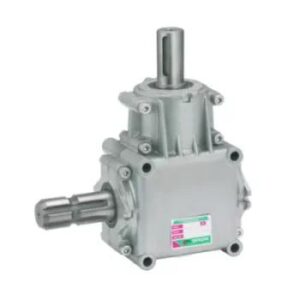
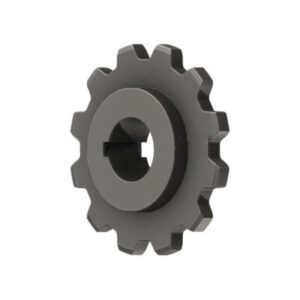
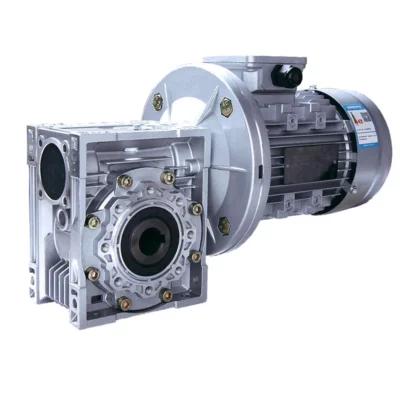

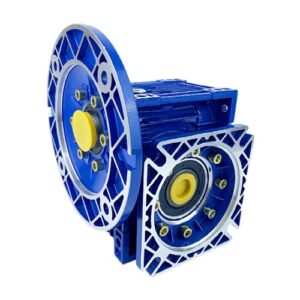
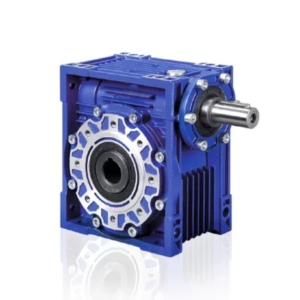
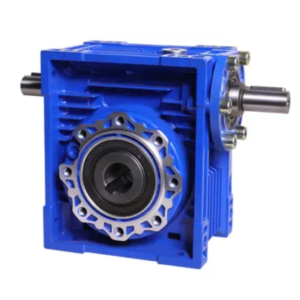
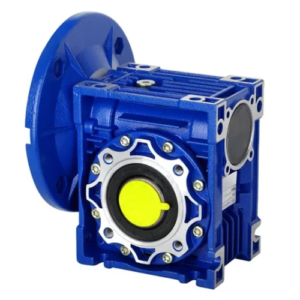

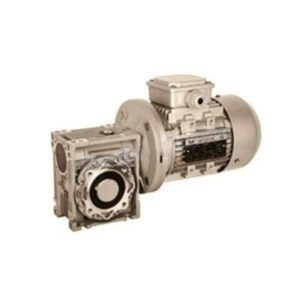
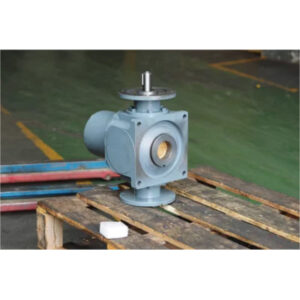
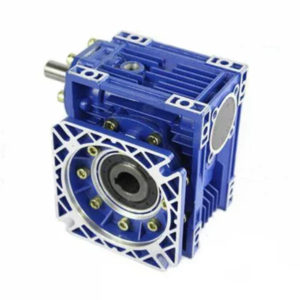
Reviews
There are no reviews yet.